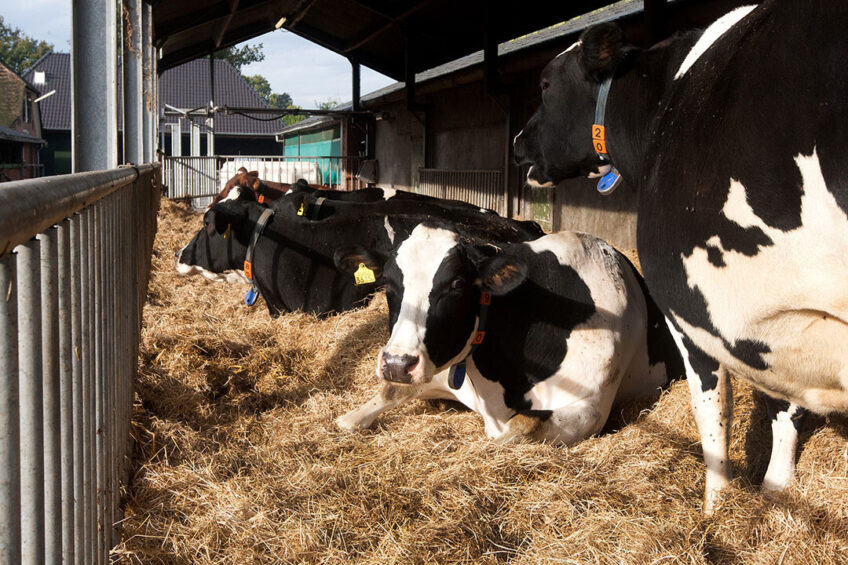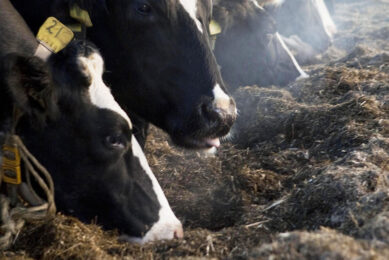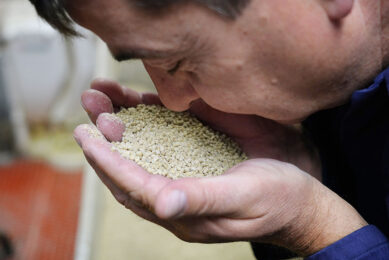Effective fibre in dairy cow feed

The level of neutral detergent fibre (NDF) in the animal ration influences the animal’s intake of dry matter and the time of rumination. NDF1 is the most common measure of fibre used for animal feed analysis. It measures most of the structural components in plant cells (i.e. lignin, hemicellulose, cellulose). The level of NDF in the animal ration influences the animal’s intake of dry matter and the time of rumination.
“When a forage has a very high NDF, it is negatively correlated with lower consumption. That is, the animal fills up faster. Forage with a low NDF means the cow has more food in the rumen and can give more milk,” asserts Jorge Mario Noreña, agronomist and professor at the National University of Colombia in Medellín. Noreña, suggests that the ideal cattle feed should not have very high NDF percentages.
Fibre digestibility
Although NDF is a good indicator of fibre content in forages, it does not measure how digestible that fibre is. Research from Michigan State University demonstrated dairy cows consume more forages when forages are high in digestible NDF, or “effective” fibre – one that the bovine actually takes advantage of when it is consumed.
More digestible less filling
In general, more digestible fibre is less filling because it is retained in the rumen for a shorter period of time. However, diets containing highly digestible fibre, less filling in the rumen, allow greater dry matter intake. High producing herds, herds that maximise forage feeding, will benefit most from forages with highly digestible NDFs.
The primary factor that influences NDF digestibility is maturity:
Legumes have less total NDF and lower NDF digestibility compared to grasses.
Grass silage and hay have a very wide range of NDF digestibility because grass species are so diverse and are utilised at extreme ranges in maturity (e.g. grazing vegetative grass versus feeding straw).
Corn silage can have a wide range of NDF digestibility, but it is uncommon to see the extremes because corn silage is harvested and stored within a relatively narrow range of maturity. Extremes in corn silage NDF digestibility can occur when corn silage is harvested at an over mature stage (NDF digestibility = low), or when a brown midrib variety is used (NDF digestibility = high).
Santiago Junca León, veterinarian and former director of UMATA (leaveUnidad Municipal de Asistencia Técnica Agropecuaria, Colombia) suggests using treatments which can be applied to low-quality forage such as corn cane and straw, such as adding anhydrous ammonia or alkaline urea. He states, “These [treatments] partially break down digestible fibre and indigestible lignin, increasing the total digestibility of the feed.”
1 The process of determining NDF content involves a neutral detergent that dissolves plant pectins, proteins, sugars and lipids. This leaves behind the fibrous parts such as cellulose, lignin and hemicellulose.








